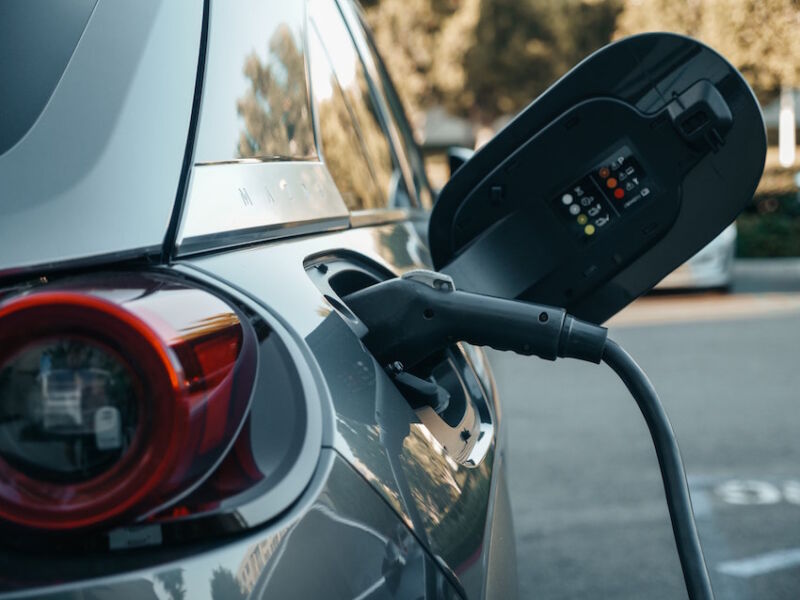Earlier in 2021, the UK overtook France as the second largest EV market in Europe, according to analysis by automotive analyst Matthias Schmidt. With a 110% increase in battery electric vehicle sales in November 2021 versus November 2020 according to the Society of Motor Manufacturers and Traders (SMMT), the rapid growth of the market seen since the start of 2020 shows little sign of slowing.
Yet, the charging infrastructure that consumers rely upon to make the leap to buying electric is still lagging far behind where it needs to be.
Electric car sales between January and November 2021 increased by 89% compared to the same period in 2020. It’s promising to see such consumer appetite for EVs given the impending deadline of 2030, when the sale of new petrol and diesel cars will be banned.
But, if we’re to make the transition to EVs as swift and convenient as possible for consumers,Government must push harder to establish a robust publicly available network of charge points.
COP26 highlighted the need for action on climate goals and the switch to EVs is already a core part of the Government’s strategy to hit net-zero. While the rapid increase of EV sales to date is promising, it can’t risk the market plateauing. And without serious consideration as to how the public charging network operates, there’s a significant chance that customers will put off making the switch for as long as possible.
According to Forbes Wheels, the most common worry when buying an EV is how far the car can travel on a single battery charge. While range anxiety is a consideration for many drivers, the conversation in the UK is moving toward “charging anxiety” or the worry that you may not be able to find a working reliable charger when you need it. To combat this, theGovernment has recently laid out policies where all new houses built from 2022 will need to include an EV charge point. Similarly, refurbishments of commercial buildings like offices and supermarkets will also need to include EV charge points. The Government expects this to lead to the creation of 145,000 new charge points.
But private charge points are only a fraction of the solution to charge anxiety. A report by the Department for Transport shows that there are only 25,000 public charge points in the UK. But digging further into the data, as County Councils Network (CCN), did and you’ll find that many of these are localised around London, with very few in rural areas across the country.
Establishing a high quality public charge point network will be vital if the Government is to build a net-zero economy.
It’s one thing installing EV charge points around the country too, but the Government and industry need to work harder to make charging an EV as straightforward as refueling a petrol car if it’s to get people to make the switch. Right now, public charge points are plagued with challenges, with consumers arriving to a charge point to find it’s down for maintenance or not working at all.
Meanwhile, in order to use these charge points, consumers have previously had to deal with multiple subscriptions to multiple different charge point operators. For an EV owner who had three charge points they regularly used, they may have to have three separate subscriptions set up, through three different apps with three different providers.
It was issues like these that led to us setting up Bonnet in 2019. We realised that public EV charge points were hugely inconvenient for consumers, so we aimed to simplify it. Users that sign up to Bonnet can recharge through any of the charge points operated by our partners. We buy the energy from them in bulk and consumers simply buy it from us. Because we buy the energy in large quantities, we get discounts that we pass on to consumers, making charging more convenient and cost effective.
The app also aggregates data on charge points too – consumers can highlight when a charge point is not working or undergoing maintenance via our app and all our users will be able to see that it’s not available to use.
A recent report by New Automotive found that public charging infrastructure needs to be implemented at twice the current rate, if we are to keep up with demand. The Government’s Net Zero Strategy outlined plans to reduce emissions in the transport sector by providing £620 million in grants for zero emission vehicles and EV Infrastructure, with a focus on local, on–street residential charging.
The additional funding will help but as demand for EVs increases charging capacity needs to increase at the same rate. More should be done. There is ample space for reducing taxes on pure EVs, reducing parking and MOT fees, and widening ULEZ zones, for example. Carrot and stick style policies like these will be the most impactful in affecting change as nothing speaks to consumers more than their wallets.
The switch to EVs represents a significant part of the Government’s roadmap to net-zero.And greater support for the public charging network will help support achieving greater EV adoption – reducing charge anxiety and increasing adoption. Industry and government need to work together to define how best to build a high quality network of public charge points sooner rather than later if we’re to make the leap to electric vehicles by the impending deadline.
Author: Patrick Reich, Co-Founder of Bonnet




